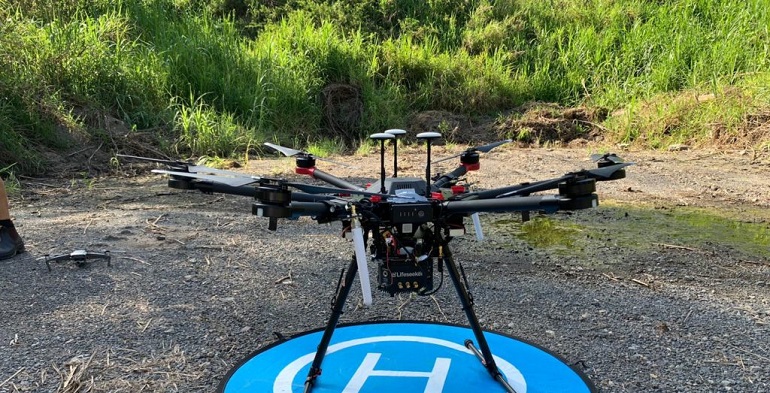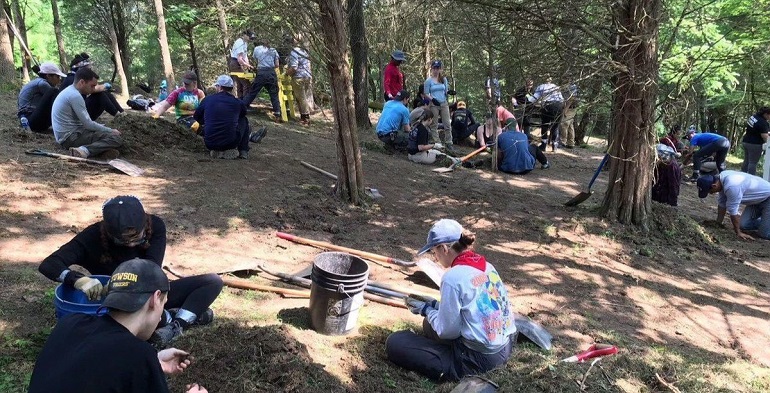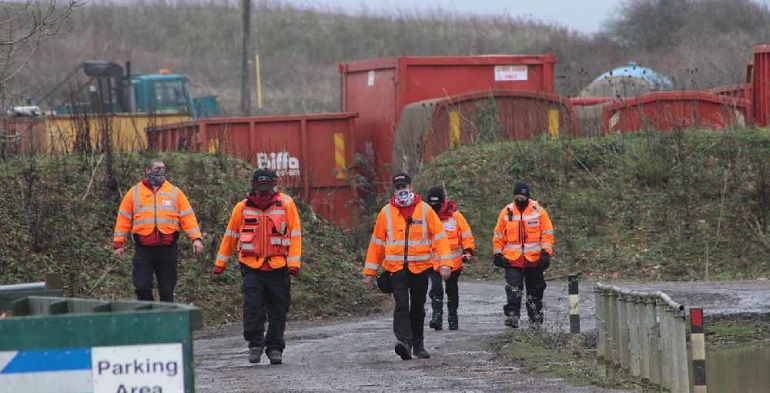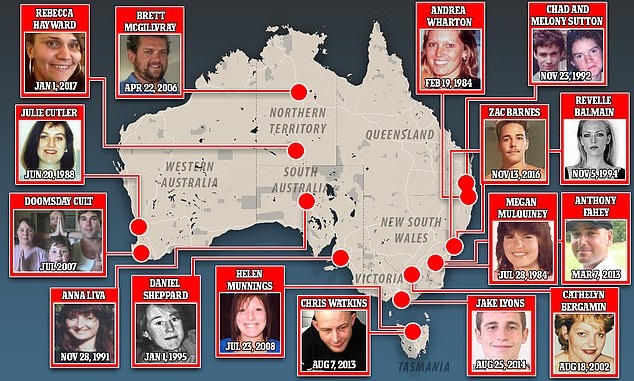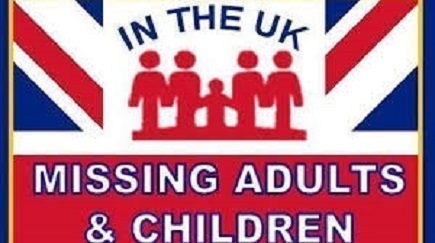Missing
Shemaeah Nicole Gunnell





Shemaeah, approximately 1989; Age when reported missing: 21 (approximately 2004); Alvie Copeland Kiles; Valerie Gunnell; Lecresha Kirklin
Date and time person was reported missing : 02/10/1989
Missing location (approx) :
Yuma, Arizona
Missing classification : Endangered Missing
Gender : Female
Ethnicity :
Black
DOB : 11/06/1983 (37)
Age at the time of disappearance: 5 years old
Height / Weight : 4'0, 50 pounds
Distinguishing characteristics, birthmarks, tattoos
: African-American female. Black hair, black eyes. Shemaeah has a birthmark behind her neck on the right side.
Information on the case from local sources, may or may not be correct : Shemaeah was last seen at her apartment on north 1st Avenue in Yuma, Arizona on February 10, 1989. She lived with her mother, Valerie Lorraine Gunnell, her nine-month-old sister, Lecresha Kirklin, and Valerie's boyfriend, Alvie Copeland Kiles, at the time. Photos of all three of them are posted with this case summary.
Kiles had moved in with the family in January 1989, four months after his release from prison. He had served four years for attempted aggravated assault. He had a long-standing abuse problem with alcohol, cocaine and heroin. As per the requirements of his parole, he attended counseling and his parole officer thought his conduct was satisfactory. However, he continued to use drugs.
Kiles was seen by several individuals on February 10, driving Valerie's car. That afternoon, he told a neighbor he had killed Valerie and her daughters. He stated he killed Valerie in an argument because he had stolen her food stamps to buy cocaine, and he murdered her, then killed the children because they began crying and screaming after witnessing their mother's death.
Kiles took his neighbor to Valerie's apartment and showed her the body. Shamaeah and Lecresha were Missing location (approx) : the scene. He said he'd put their bodies in the Colorado River. Kiles made similar confessions to his mother and a family friend, saying he'd killed the two girls because "they could talk."
On February 11, the police went to the Gunnell residence and found Valerie's body wrapped in a blanket in the hallway. She had been beaten to death. There were indications of a struggle in Valerie's bedroom and blood all over the home, including two large pools of blood in the children's bedroom.
A week after the murders, Lecresha's body was found in an irrigation canal in Mexico. Like her mother, she had been beaten to death. Shemaeah's remains were never located, but her blood was found on a mattress in her family's apartment.
Kiles was convicted of murdering all three members of the Gunnell family and was sentenced to death. His conviction was later overturned on the grounds that he had an inadequate defense, but at his second trial he was convicted again of three counts of murder and two counts of child abuse in 2000.
He was ultimately sentenced to death for Valerie's murder and life in prison for Shemaeah and Lecresha's murders. Kiles is awaiting execution. He does not dispute that he committed the murders, but he is appealing his death sentence, saying the crimes were not premeditated. In 2009, he took his case to the Arizona Supreme Court, which upheld the verdict and sentence.
Foul play is suspected in Shemaeah's case due to the circumstances involved.
Other information and links : ncy
Yuma Police Department
928-783-4421
September 2021 updates and sources
Missing Children�s Statistics
One Missing Child Is One Too Many
The lack of a common definition of �missing child,� and a common response to the issue, results in few reliable statistics on the scope of the problem around the world.
Even with this challenge, we know that:
In Australia, an estimated 20,000 children are reported missing every year.
Australian Federal Police, National Coordination Centre.
In Canada, an estimated 45,288 children are reported missing each year.
Government of Canada, Canada�s Missing � 2015 Fast Fact Sheet.
In Germany, an estimated 100,000 children are reported missing each year.
Initiative Vermisste Kinder.
In India, an estimated 96,000 children go missing each year.
Bachpan Bachao Andolan, Missing Children of India.
In Jamaica, an estimated 1,984 children were reporting missing in 2015.
Jamaica�s Office of Children�s Registry
In Russia, an estimated 45,000 children were reported missing in 2015.
Interview with Pavel Astakhov MIA �Russia Today�, Apr. 4, 2016.
In Spain, an estimated 20,000 children are reported missing every year.
Spain Joins EU Hotline for Missing Children, Sep. 22, 2010.
In the United Kingdom, an estimated 112,853 children are reported missing every year.
National Crime Agency, UK Missing Persons Bureau.
In the United States, an estimated 460,000 children are reported missing every year.
Federal Bureau of Investigation, Missing Children�s Statistics
One Missing Child Is One Too Many
The lack of a common definition of �missing child,� and a common response to the issue, results in few reliable statistics on the scope of the problem around the world.
Even with this challenge, we know that:
In Australia, an estimated 20,000 children are reported missing every year.
Australian Federal Police, National Coordination Centre.
In Canada, an estimated 45,288 children are reported missing each year.
Government of Canada, Canada�s Missing � 2015 Fast Fact Sheet.
In Germany, an estimated 100,000 children are reported missing each year.
Initiative Vermisste Kinder.
In India, an estimated 96,000 children go missing each year.
Bachpan Bachao Andolan, Missing Children of India.
In Jamaica, an estimated 1,984 children were reporting missing in 2015.
Jamaica�s Office of Children�s Registry
In Russia, an estimated 45,000 children were reported missing in 2015.
Interview with Pavel Astakhov MIA �Russia Today�, Apr. 4, 2016.
In Spain, an estimated 20,000 children are reported missing every year.
Spain Joins EU Hotline for Missing Children, Sep. 22, 2010.
In the United Kingdom, an estimated 112,853 children are reported missing every year.
National Crime Agency, UK Missing Persons Bureau.
In the United States, an estimated 460,000 children are reported missing every year.
Federal Bureau of Investigation, NCIC.
This, however, is only a snapshot of the problem. In many countries, statistics on missing children are not even available; and, unfortunately, even available statistics may be inaccurate due to: under-reporting/under-recognition; inflation; incorrect database entry of case information; and deletion of records once a case is closed.
The lack of numbers, and the discrepancy in the numbers that do exist, is one of the key reasons why ICMEC developed and advocates for the Model Missing Child Framework, which assists countries with building strong, well-rounded national responses, and facilitates more efficient investigations, management, and resolution of missing children cases.
We firmly believe that one missing child is one too many, and we are committed to improving the global understanding of and response to missing and abducted children.
Here is a look at missing children in the United States. There are several different types of missing children: runaways, family abductions, lost or �thrown away� and non-family abductions. Advances in technology, communications through public alerts and greater cooperation from law enforcement have facilitated the recovery process.
Statistics
According to the FBI�s National Crime Information Center (NCIC) Missing Person File, there are 89,637 active missing person records, of which juveniles under the age of 18 account for 30,396 (34%) of the records. (as of December 31, 2020)
AMBER Alert
�AMBER (America�s Missing: Broadcast Emergency Response) Alerts are emergency messages broadcast when a law enforcement agency determines that a child has been abducted and is in imminent danger. The broadcasts include information about the child and the abductor, including physical descriptions as well as information about the abductor�s vehicle - which could lead to the child�s recovery.�
The AMBER Alert system began in 1996 and was named in honor of Amber Hagerman, a 9-year-old who was abducted in Arlington, Texas, and murdered.
All 50 states, the District of Columbia, Puerto Rico, and the US Virgin Islands have AMBER Alert plans in place to help find missing children in danger.
As of December 2020, the AMBER Alert program has been credited with the safe recovery of 1029 children..
This, however, is only a snapshot of the problem. In many countries, statistics on missing children are not even available; and, unfortunately, even available statistics may be inaccurate due to: under-reporting/under-recognition; inflation; incorrect database entry of case information; and deletion of records once a case is closed.
The lack of numbers, and the discrepancy in the numbers that do exist, is one of the key reasons why ICMEC developed and advocates for the Model Missing Child Framework, which assists countries with building strong, well-rounded national responses, and facilitates more efficient investigations, management, and resolution of missing children cases.
We firmly believe that one missing child is one too many, and we are committed to improving the global understanding of and response to missing and abducted children.
Here is a look at missing children in the United States. There are several different types of missing children: runaways, family abductions, lost or �thrown away� and non-family abductions. Advances in technology, communications through public alerts and greater cooperation from law enforcement have facilitated the recovery process.
Statistics
According to the FBI�s National Crime Information Center (Missing Children�s Statistics
One Missing Child Is One Too Many
The lack of a common definition of �missing child,� and a common response to the issue, results in few reliable statistics on the scope of the problem around the world.
Even with this challenge, we know that:
In Australia, an estimated 20,000 children are reported missing every year.
Australian Federal Police, National Coordination Centre.
In Canada, an estimated 45,288 children are reported missing each year.
Government of Canada, Canada�s Missing � 2015 Fast Fact Sheet.
In Germany, an estimated 100,000 children are reported missing each year.
Initiative Vermisste Kinder.
In India, an estimated 96,000 children go missing each year.
Bachpan Bachao Andolan, Missing Children of India.
In Jamaica, an estimated 1,984 children were reporting missing in 2015.
Jamaica�s Office of Children�s Registry
In Russia, an estimated 45,000 children were reported missing in 2015.
Interview with Pavel Astakhov MIA �Russia Today�, Apr. 4, 2016.
In Spain, an estimated 20,000 children are reported missing every year.
Spain Joins EU Hotline for Missing Children, Sep. 22, 2010.
In the United Kingdom, an estimated 112,853 children are reported missing every year.
National Crime Agency, UK Missing Persons Bureau.
In the United States, an estimated 460,000 children are reported missing every year.
Federal Bureau of Investigation, NCIC.
This, however, is only a snapshot of the problem. In many countries, statistics on missing children are not even available; and, unfortunately, even available statistics may be inaccurate due to: under-reporting/under-recognition; inflation; incorrect database entry of case information; and deletion of records once a case is closed.
The lack of numbers, and the discrepancy in the numbers that do exist, is one of the key reasons why ICMEC developed and advocates for the Model Missing Child Framework, which assists countries with building strong, well-rounded national responses, and facilitates more efficient investigations, management, and resolution of missing children cases.
We firmly believe that one missing child is one too many, and we are committed to improving the global understanding of and response to missing and abducted children.
Here is a look at missing children in the United States. There are several different types of missing children: runaways, family abductions, lost or �thrown away� and non-family abductions. Advances in technology, communications through public alerts and greater cooperation from law enforcement have facilitated the recovery process.
Statistics
According to the FBI�s National Crime Information Center (NCIC) Missing Person File, there are 89,637 active missing person records, of which juveniles under the age of 18 account for 30,396 (34%) of the records. (as of December 31, 2020)
AMBER Alert
�AMBER (America�s Missing: Broadcast Emergency Response) Alerts are emergency messages broadcast when a law enforcement agency determines that a child has been abducted and is in imminent danger. The broadcasts include information about the child and the abductor, including physical descriptions as well as information about the abductor�s vehicle - which could lead to the child�s recovery.�
The AMBER Alert system began in 1996 and was named in honor of Amber Hagerman, a 9-year-old who was abducted in Arlington, Texas, and murdered.
All 50 states, the District of Columbia, Puerto Rico, and the US Virgin Islands have AMBER Alert plans in place to help find missing children in danger.
As of December 2020, the AMBER Alert program has been credited with the safe recovery of 1029 children.) Missing Person File, there are 89,637 active missing person records, of which juveniles under the age of 18 account for 30,396 (34%) of the records. (as of December 31, 2020)
AMBER Alert
�AMBER (America�s Missing: Broadcast Emergency Response) Alerts are emergency messages broadcast when a law enforcement agency determines that a child has been abducted and is in imminent danger. The broadcasts include information about the child and the abductor, including physical descriptions as well as information about the abductor�s vehicle - which could lead to the child�s recovery.�
The AMBER Alert system began in 1996 and was named in honor of Amber Hagerman, a 9-year-old who was abducted in Arlington, Texas, and murdered.
All 50 states, the District of Columbia, Puerto Rico, and the US Virgin Islands have AMBER Alert plans in place to help find missing children in danger.
As of December 2020, the AMBER Alert program has been credited with the safe recovery of 1029 children.
The Yuma Sun
The Arizona Republic
The Deseret Morning News
USA Today
Interactive Missing Person Search Map



